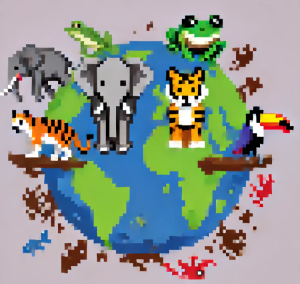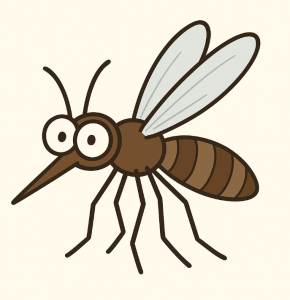
Testing Bird Flu Vaccine on Endangered Seals
As the world grapples with new and emerging diseases, a recent breakthrough in vaccine research offers hope not just for humans, but also for endangered species. Scientists have begun testing a bird flu vaccine on seals, specifically the endangered Hawaiian monk seals, which are showing promising results.
According to an article from The New York Times, the vaccine is being tested under the guidance of veterinarians who hope that a successful trial could lead to widespread vaccination of these vulnerable sea animals.
Why Focus on Monk Seals?
The Hawaiian monk seal population has been on the decline, with bird flu posing a significant threat to its survival. The seals’ limited genetic diversity makes them particularly susceptible to diseases. Protecting them with a vaccine is seen as a crucial step in preventing their extinction.
Seals are not the only animals at risk; birds and other marine animals could benefit from this vaccine development. The new research indicates a broader application of vaccines in wildlife conservation, combining efforts to protect endangered species and biodiversity as a whole.
Multifaceted Approach to Vaccination
The approach to this vaccination trial is not merely about administering the vaccine; it also involves understanding the behavior and ecological impact of monk seals. By building a robust database through which the interactions and immune responses of vaccinated seals are monitored, scientists hope to gather invaluable data that could be applied to other endangered species.
Current tests show that the seals respond well to the vaccine under controlled conditions. Still, a broader field application will require understanding the complexities of the seals’ natural environment. It’s an ongoing study that brings together conservation biology, veterinary science, and immunology.
Impact on Wildlife Conservation Practices
The significance of this trial extends beyond seals—it’s proof-of-concept for wider vaccinations among endangered species threatened by zoonotic diseases. This development follows previous models where vaccines protected wildlife, like rabies vaccination in raccoons.
Such research not only aids conservationists but also serves as a powerful tool for policymakers, providing empirical data that supports legislation for habitat protection, better wildlife health management, and possibly international cooperation on vaccination campaigns.
Challenges and Future Directions
One of the primary challenges facing scientists is the logistics of administering vaccines to wild populations. The difficulty in capturing and tracking individual animals, combined with the considerable expenses of vaccine development and distribution, can hinder these efforts. However, the potential benefits in terms of species survival could far outweigh these obstacles.
The current seal vaccination project is also paving the way for more innovative methods of tracking and treating wildlife. Techniques such as drone-delivered vaccines or the development of easily administered oral vaccines are being explored to tackle the logistical hindrances in reaching wild populations. Future endeavors include expanding these trials to other regions and species under threat of viral infections.
Conclusion
Revolutionizing vaccine research for wildlife conservation represents a convergence of science, policy, and technology. Protecting endangered species like the Hawaiian monk seal through vaccines is only the beginning. As these trials progress and extend to other species, the potential for vaccines to become a staple of wildlife conservation efforts continues to grow substantially.
As we continue to innovate and adapt our strategies to face ecological challenges, this trial not only brings hope for endangered species but exemplifies the resilience of scientific endeavor in safeguarding our planet’s biodiversity.



